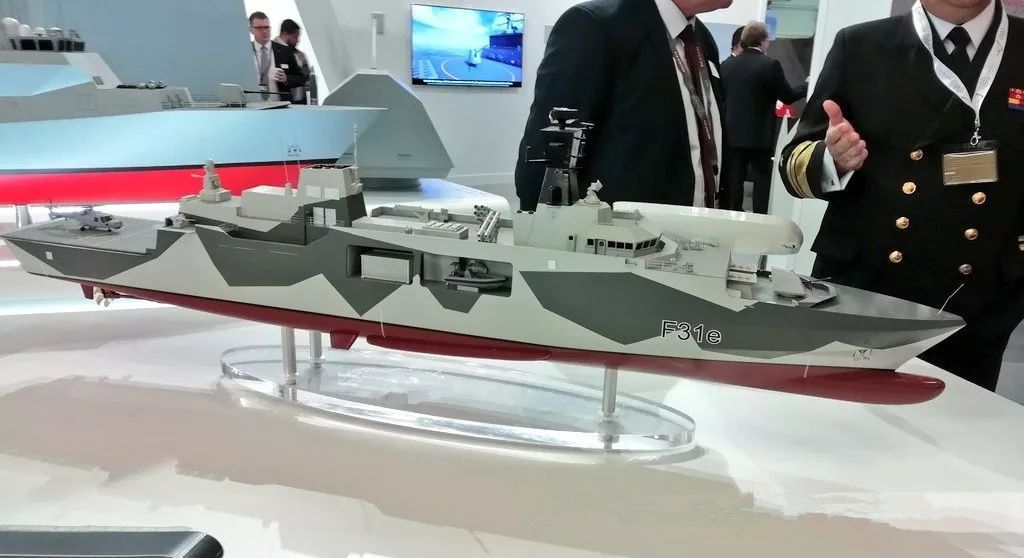
By Wang Peng
"With the US increasingly focused on Asia, and amid tension within the alliance (NATO), Europe is coming to grips with the need to grow its forces and regain high-end capabilities it once had", said the website of US Defense News on June 22. Based on their own security needs, European countries are considering building a European navy that is independent of the US and NATO systems.
For a long time, the European navy has always been tied to the NATO navy. That is, NATO has always relied on the US Navy as the core of its maritime power, and the navies of NATO’s European member states have just served as the reinforcement and support forces. In the post-Cold War era, with changes in the international landscape and the influence of the anti-terror war led by the US, European navies have always focused on low-end tasks such as anti-terrorism and anti-piracy. As a result, European maritime forces have shown an overall decline in "quality" and "quantity".
As early as 2017, a study conducted by the Center for a New American Security (CNAS) found that Europe's maritime combat power is about half of the peak of the Cold War. In 1995, there were about 100 frigates in Europe, and 12 years later, only 51 left. The National Interest magazine of the US also believes that, in stark contrast to the continuous growth of maritime power in Asian countries, the strength of European navies is gradually declining, and the navies of the entire European countries cannot even compare to that of the US.
To reverse this unfavorable situation, some major European countries began to consider "revitalizing the navy" to cope with the shift from the low-end warfare to the high-end.
In the process of reviving the navy, European countries attach great importance to the Europe's overall resource advantages. On June 18, the website of French Navy News reported that the European Commission unveiled a number of new European Defence Industrial Development Programmes (EDIDP), among which two new projects in the naval field.
One is the DECISMAR project, whose objective is to develop a decision support toolbox (DSTx) for the upgrade of maritime surveillance. The EU is contributing a total of 7.8 million Euros to the project, with twelve companies from seven countries participating.
Another is the SEA Defence project, which will conduct a feasibility study in order to prepare a roadmap of technologies to be included in next generation of naval platforms. The EU is contributing a total of 15.8 million Euros to the project, with twelve companies from eight countries participating.
The formulation and implementation of these projects and programs indicate that European countries will adopt coordination in the technological R&D and equipment development of maritime power, and seek joint development plan based on common interests to build the naval power.
But even so, the European Navy's "rejuvenation" will not be smooth, and it will take time to complete this process. Dr. Sebastian Bruns, Head of the Center for Maritime Strategy & Security (CMSS) at the Institute for Security Policy, Kiel University (ISPK), Germany, said that the side effect of the long development cycle required for military design is that ships designed before 2014 and now being gradually put into service are no longer suitable for high-end combat.
It can be seen that the transformation and rejuvenation of the European navy cannot be completed overnight. It needs to take a long time to adjust and then implement into the weapons and equipment that are suitable for high-end warfare. At the same time, since navy usually acts as a highly dynamic strategic force, it will be more complex and challenging for European countries to transform and adjust its strategic tasks and combat operations.
Disclaimer: This article is originally published on zqb.cyol.com and translated from Chinese into English and edited by the China Military Online. The information, ideas or opinions appearing in this article do not necessarily reflect the views of eng.chinamil.com.cn.













